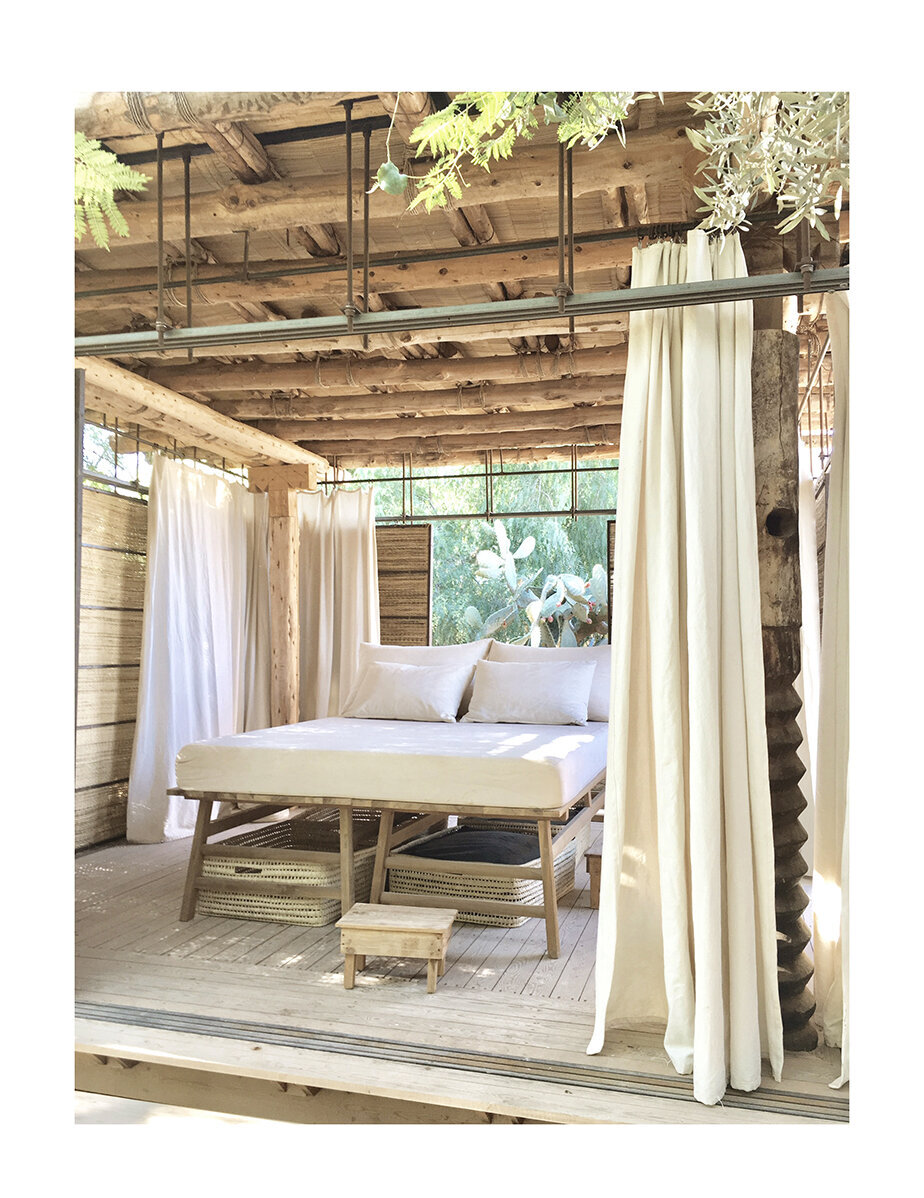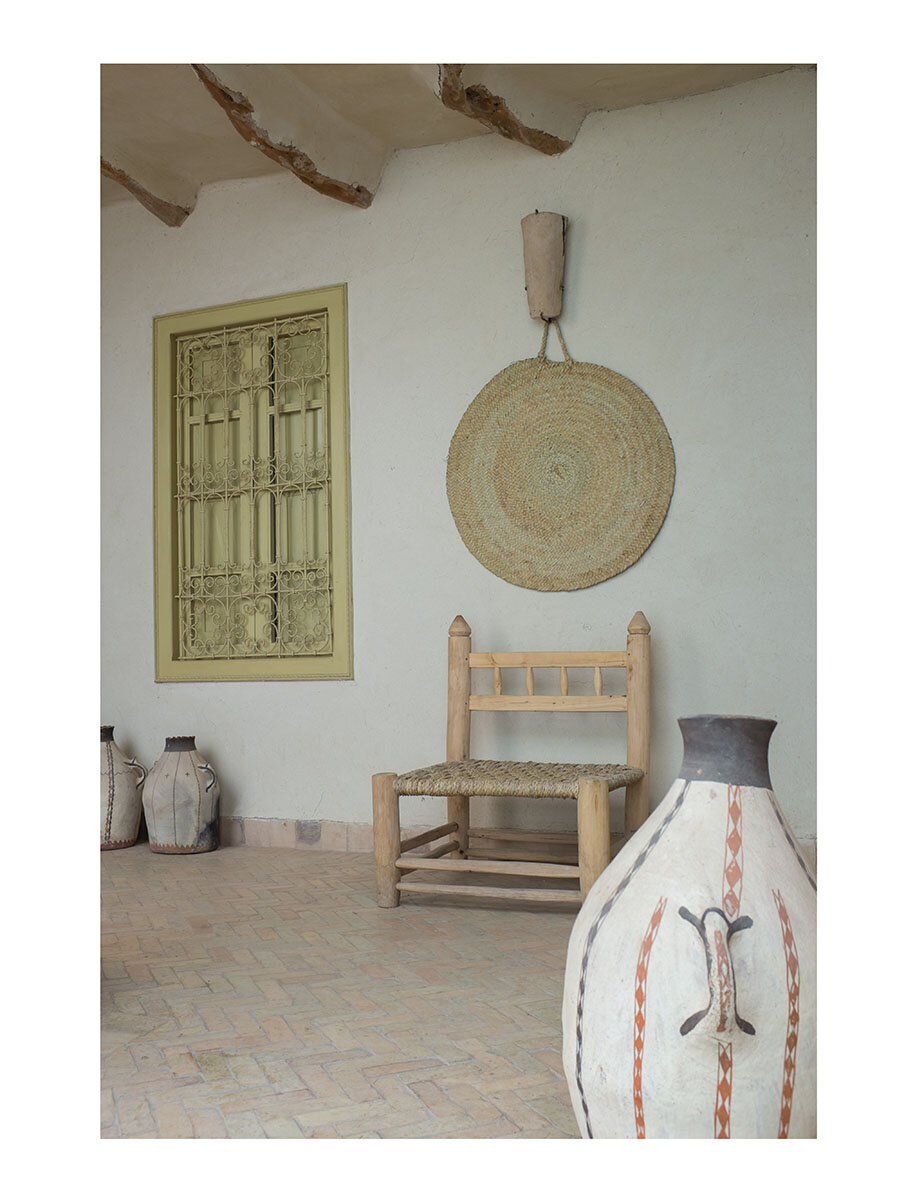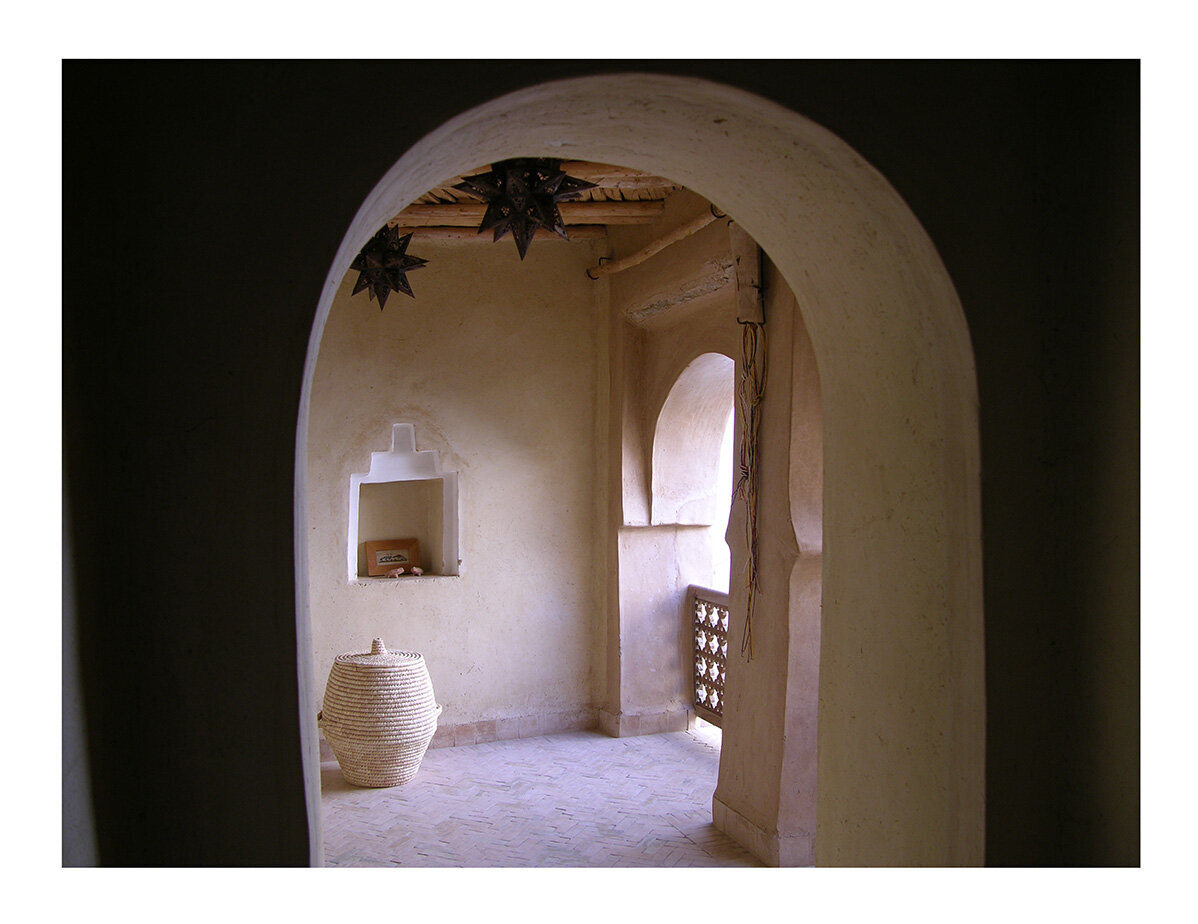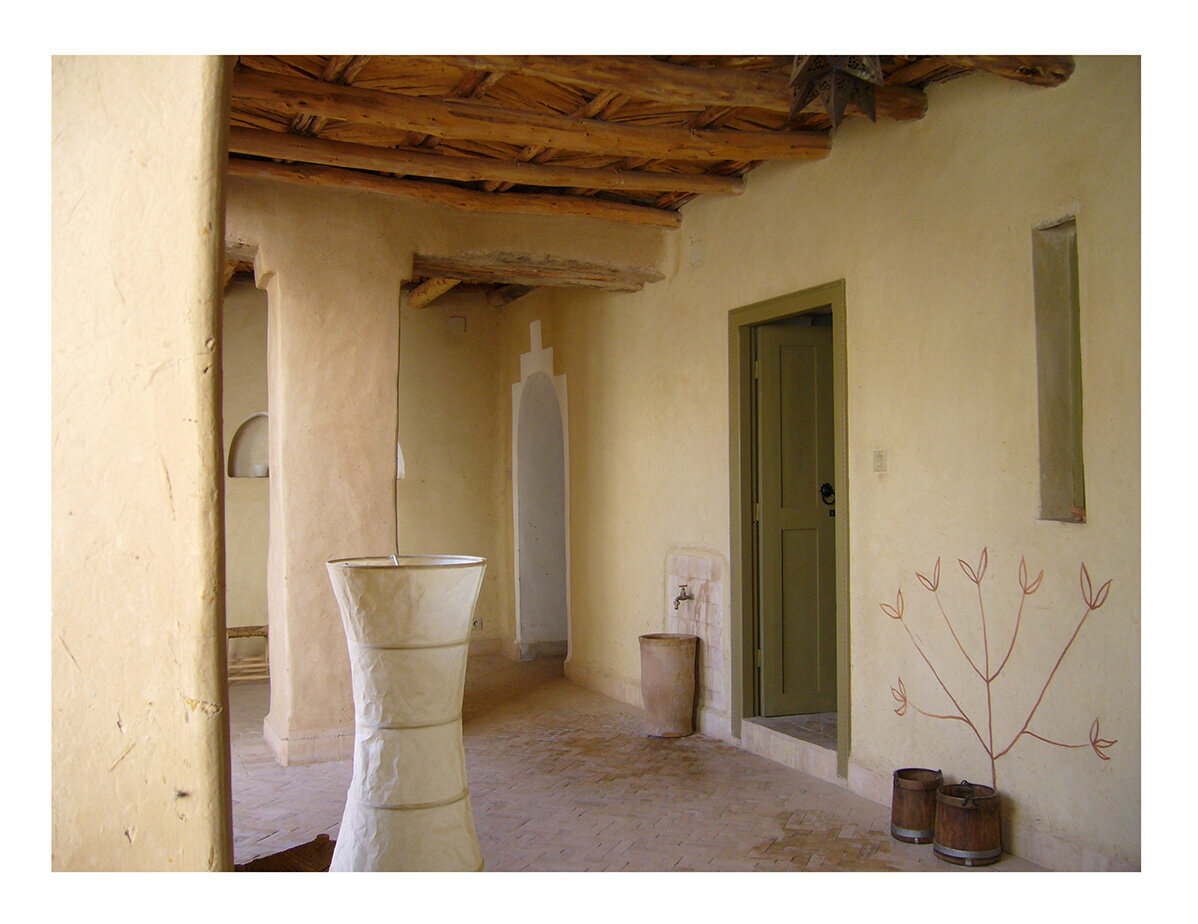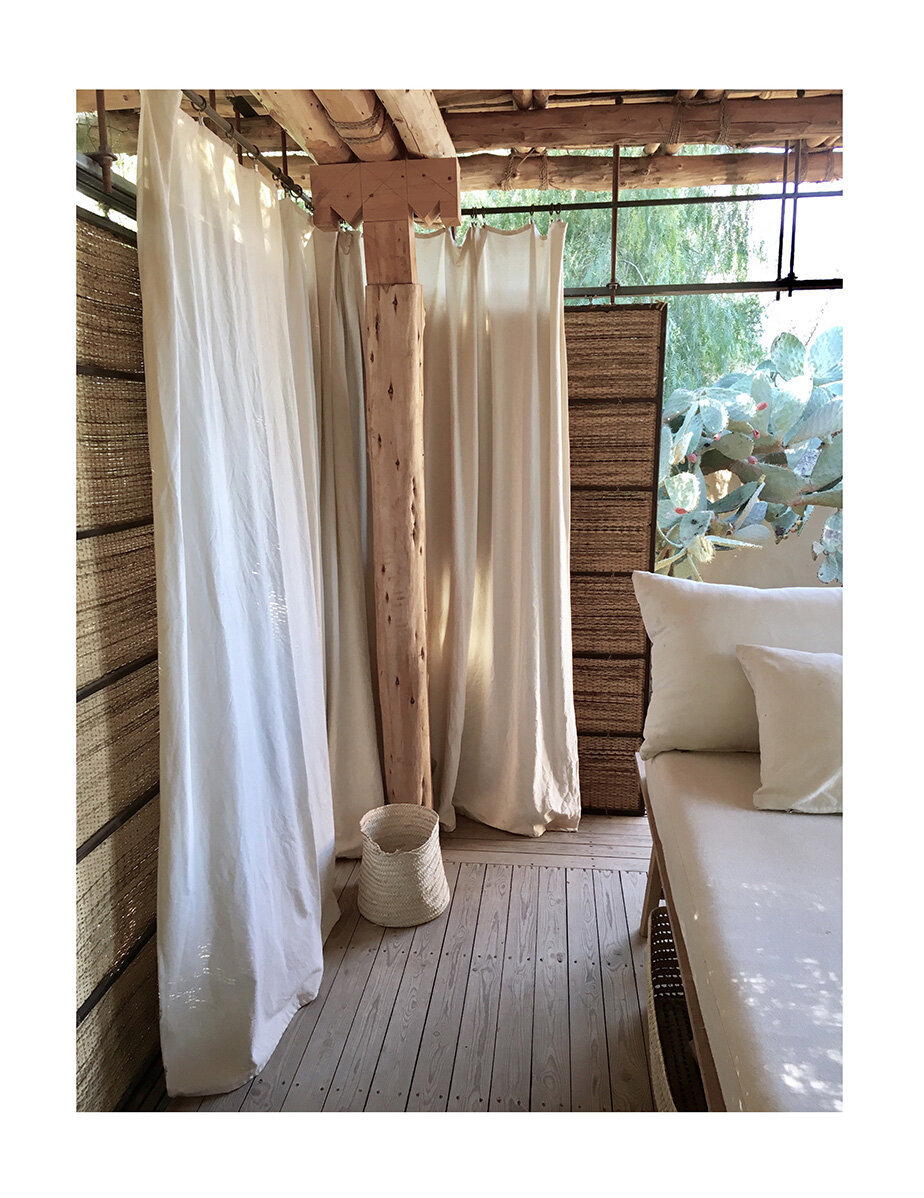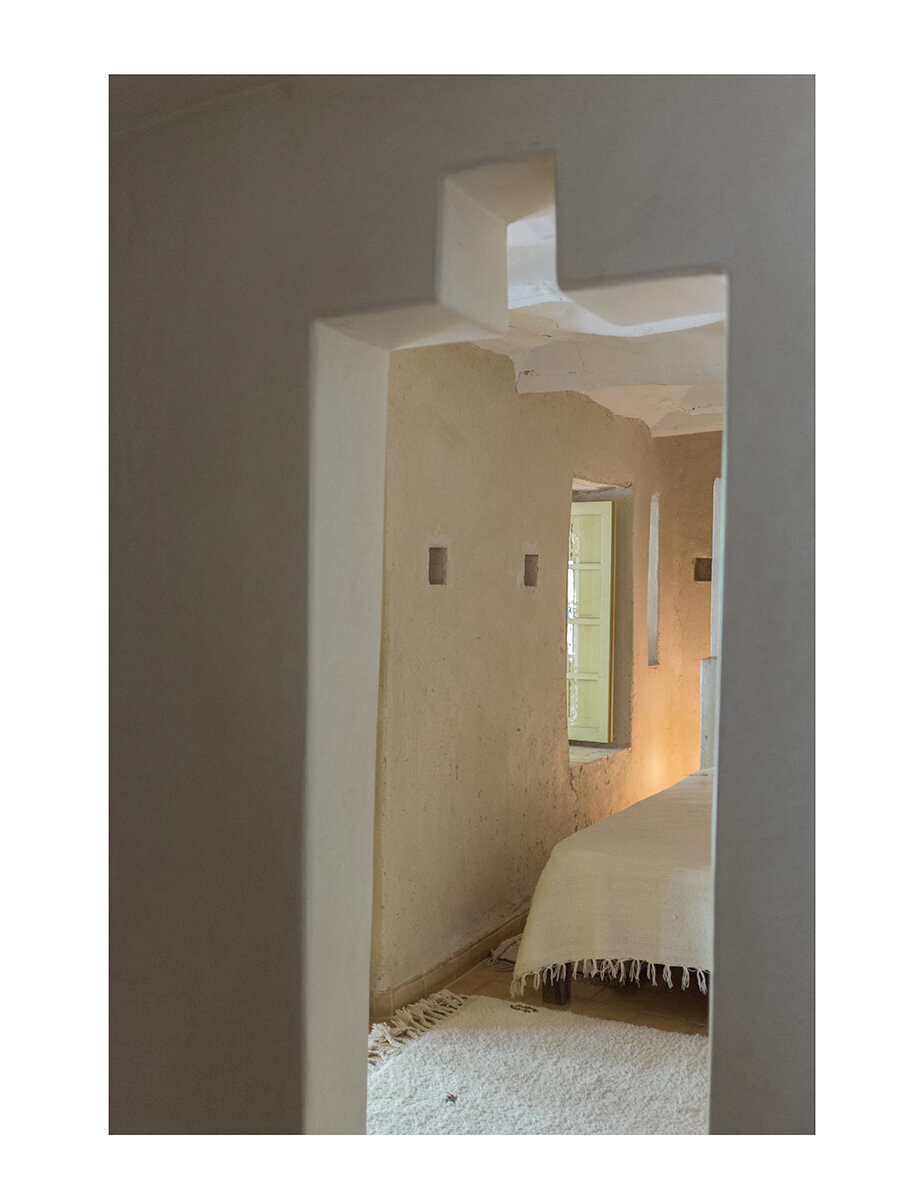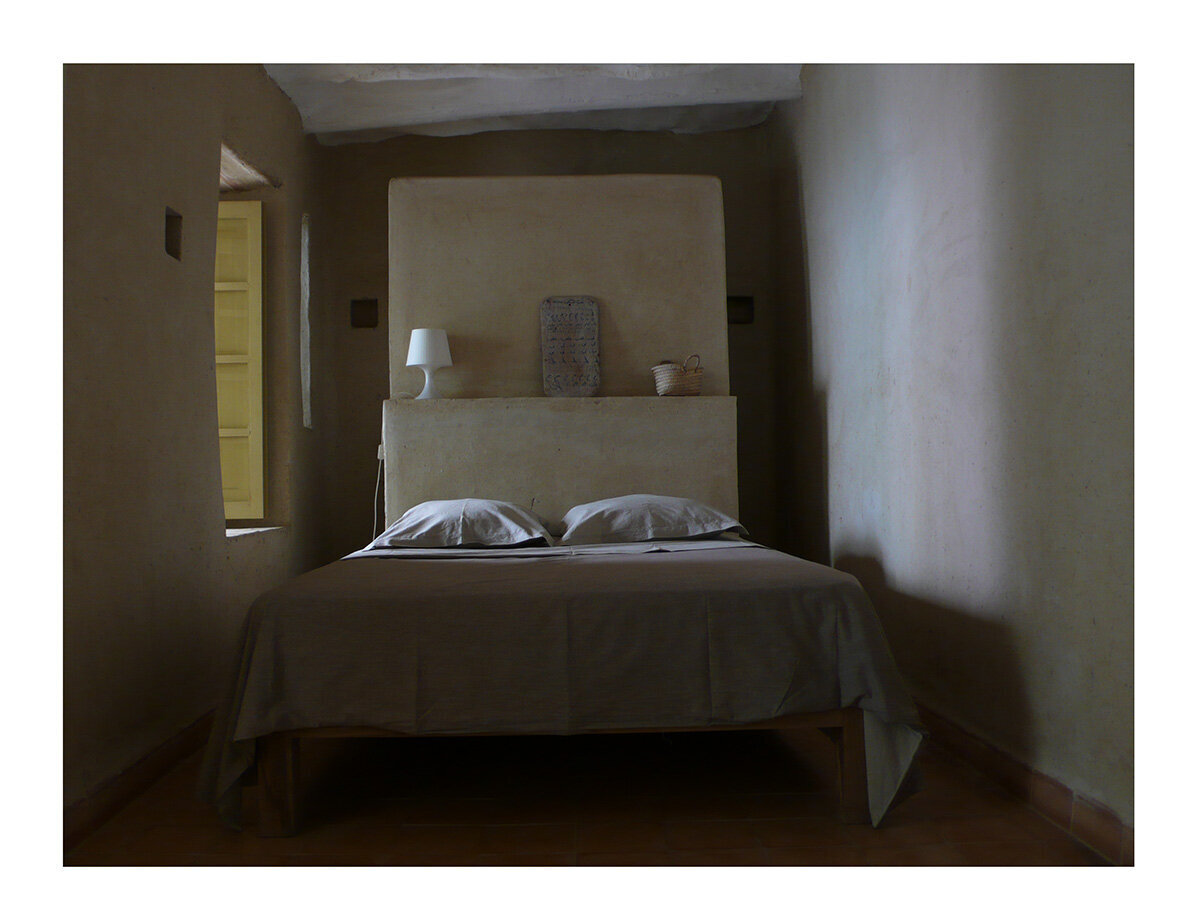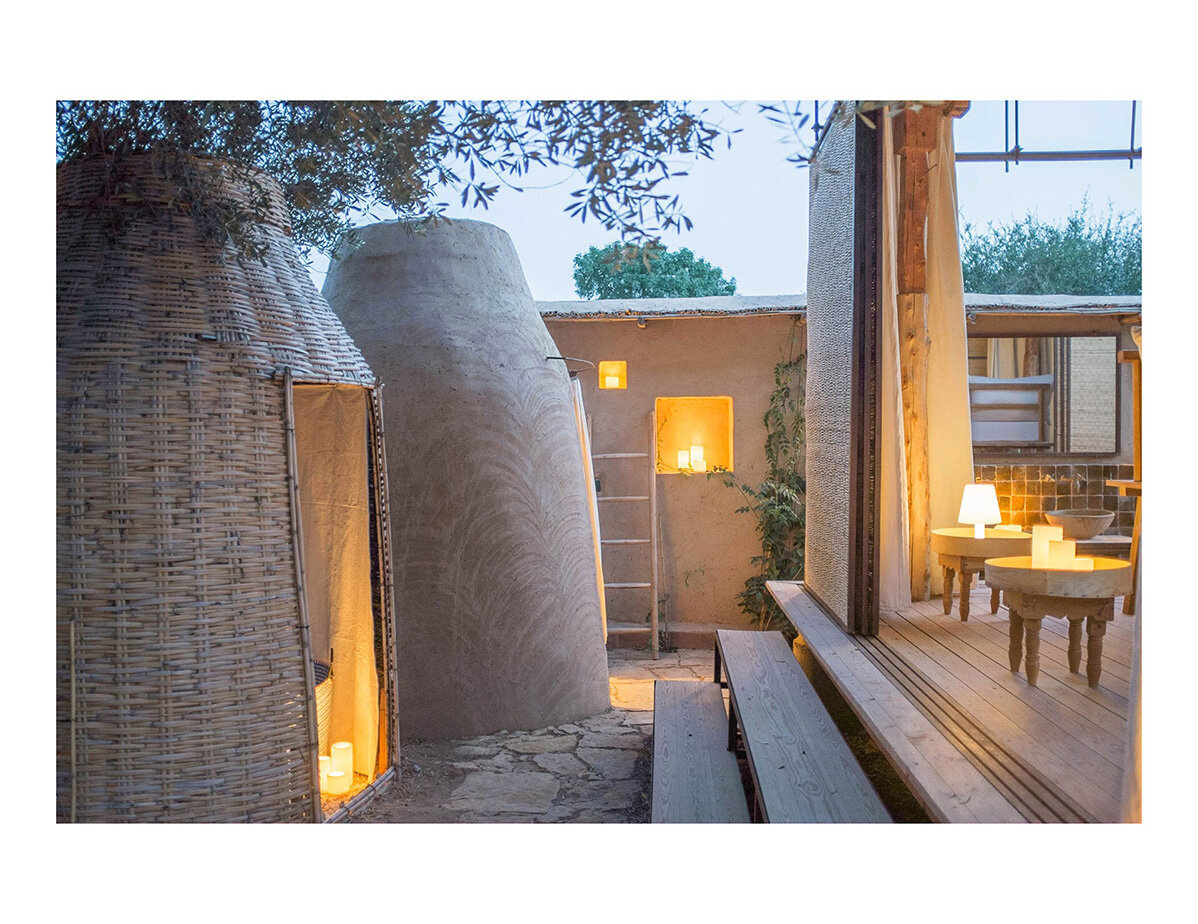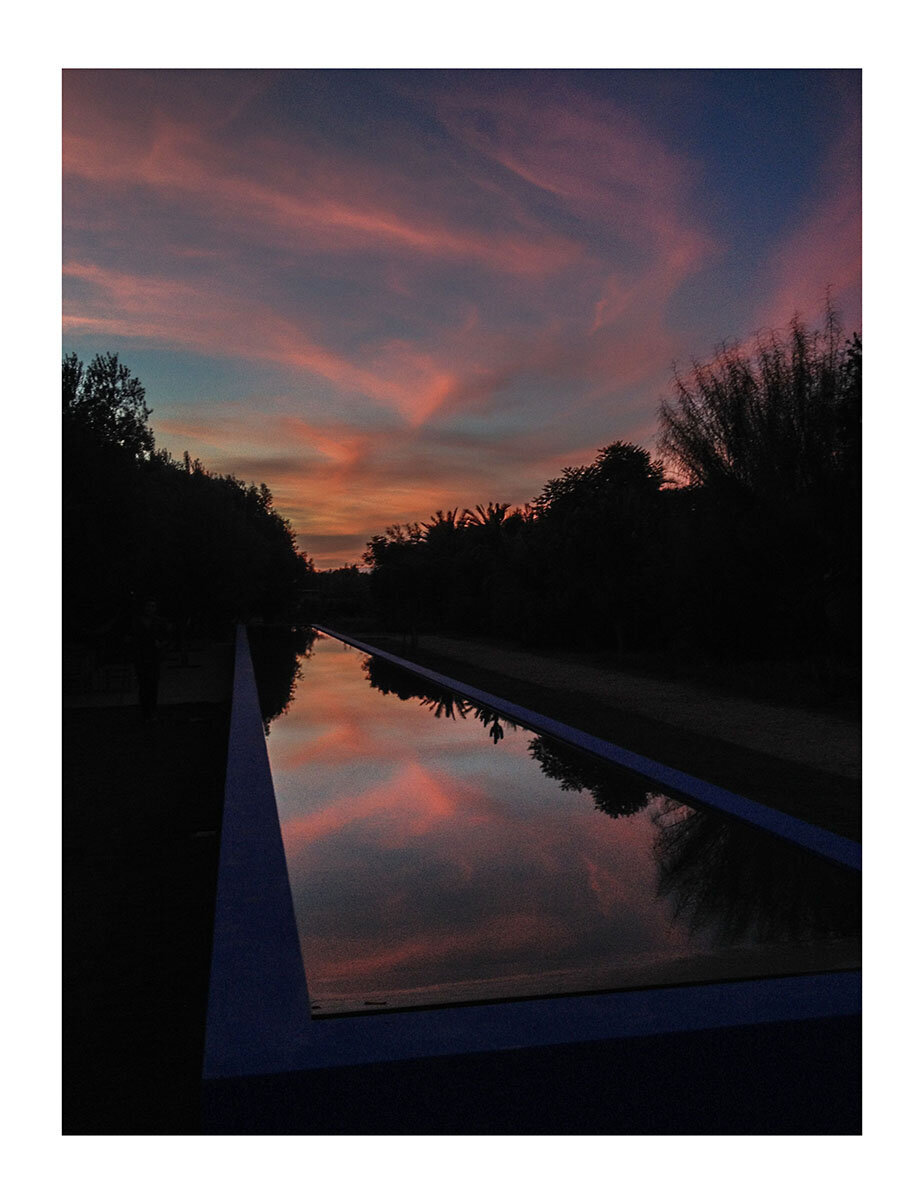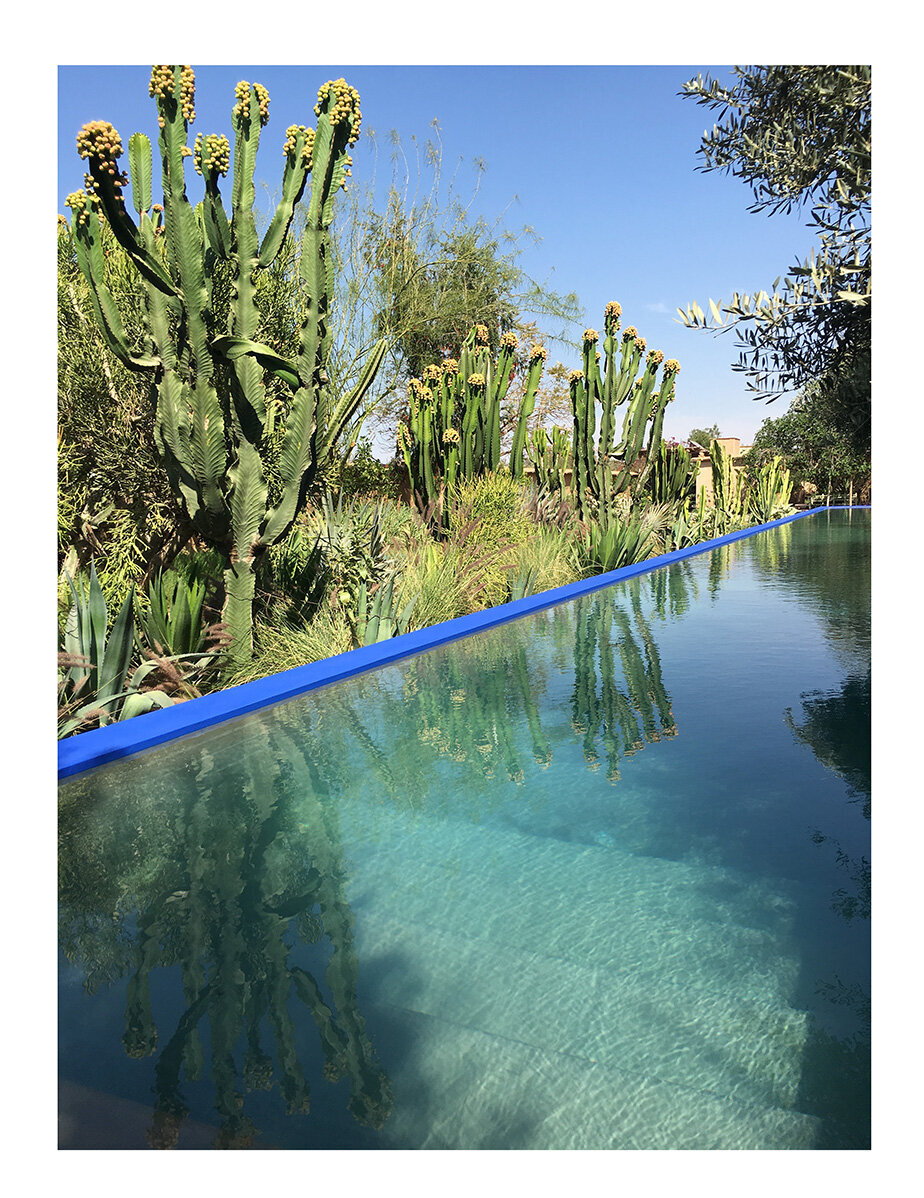Dar Zahia
Many of us have been counting our blessings during the pandemic, appreciative of small pleasures and not-so-small privileges. I flew home early to London from Agadir and entered lockdown after spending time in two very different gardens in Taroudant, Morocco. Both gardens I had all to myself to inhale as much beauty as I could, and I did. Others might come to paint or discuss horticulture, but if you are like me and neither artist nor aficionado, you might find the courage to do nothing but observe. I count these two gardens as one big blessing.
Photographed by Marc Belli
Inside the ramparts of Taroudant, the Berber settlement cradled by the Atlas and Anti Atlas mountains in the Sous Valley, is Dar Zahia, a guesthouse by Marc Belli. The plan was to call it ‘Berber’ house, instead it was named after his partner by the same townspeople who helped build it. The artistic director and self-taught landscaper continues to mold the redesigned house - made of adobe walls, argan wood, terracotta bricks and bejmat floors - with the addition of two new suites overlooking the moonflower (‘Ipomoea Alba’) framed courtyard. Offering a reason to leave as soon as you arrive, just a short way beyond the city walls lies a pleasure garden in a barren olive grove. Guests can sleep and stargaze in one of five pavilions on walnut wood beds, cloaked by woven sliding doors.
Imagine someone turning a scrubland into their idea of paradise, bit by bit, working then falling asleep in a makeshift hammock until the dream is realised. Born of a desire to be immersed in nature, that’s how these pavilions came to be. Marc Belli came from Paris to Taroudant fuelled with love stemming from memories of his grandmother’s garden. Taking inspiration from Japanese tea houses and using argan wood and cypress timber frames, the proud huts are hoisted on stilts with rush panels affixed to iron rails, allowing guests to be masters of their own mountain views.
Inside the white cotton curtains add another layer of comfort and gentle seclusion from the leafy canopy enveloping the plush cabins. Beds are raised high enough to tuck away belongings in the wicker baskets underneath, the single table looks lonely without a mint tea placed atop. Rammed earth and zellige sourced from Tamaloukt form outdoor shower huts and open-air basins that sit next to dressing rooms made from the same wickerwork used for individual hammams.
Two wells were dug deep to combat aridity (the one used for the pool doubles as a backup for the garden) though less is required by the agave, grasses and euphorbias, the splendor of hibiscus, roses and jacaranda trees awaits. A swimming corridor, 32 metres of electric blue along green zoysia, divides temptations made within the 4000 square metre orchard. To daydream by fig and olive trees keeping hammocks in the shade, to investigate the rich Mediterranean biotope and to forget about your watch, the evening scent of Brugmansia will signal time for dinner, which can be prepared at the main house and brought over to be shared under candlelight.
Dar Zahia is a slipstream into the heart of an ancient capital and modern-day Morocco’s south, entwined by a dignified expat community including much-lauded garden designers Eric Ossart and Arnaud Maurières. Marc now splits his time between Paris and Taroudant, where he shares more than a table with his guests. Like a shepherd, he can instinctively guide those willing to share his appreciation for the landscapes, spirituality and people found here, this doorway to the desert, home to the exiled and exalted.

